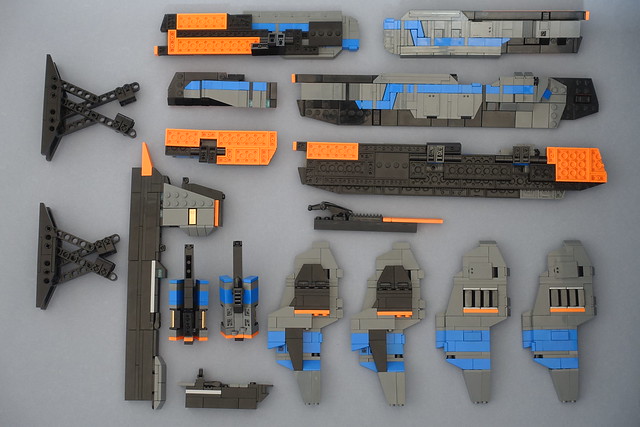Title: LDR Sensor – A Versatile Light Detection Solution
Introduction:
Light-resistor detector (LDR) sensors, also known as ldr sensor photocell, light-sensitive resistor, optoresistor, or photosensitive resistor sensors are widely used in various industries. These sensors utilize the prope ldr sensor rties of a light- sensitive component to detect changes in light intensity and convert them into electrical signals. This article discusses the manufacturing process, characteristics, advantages, usage methods, tips for selecting an appropriate LDR sensor and provides a conclusion.
Manufacturing Process:
LDR sensors are typically

manufactured using semiconductor materials such as cadmium sulfide or lead sulfide. The process involves creating a crystalline structure that exhibits photochemical reactions upon exposure to light. These crystals are then carefully encapsulated to protect them from external influences.
Characteristics:
LDR sensors Photocell sensor possess several key characteristics that make them popular in many applications. Firstly, they have a wide response range across different wavelengths of visible light spectrum. Secon

dly, their response time is relatively fast compared to other optical sensing devices. Finally, these sensors have excellent linearity and can provide accurate measurements even at low illuminance levels.
Advantages:
The use of LDR sensor brings several advantages over traditional detection methods. Firstly, these sensors are compact and lightweight making them suitable for integration into space-constrained environments such as electronic circuits or small devices. Ad ldr sensor ditionally, they consume very little power leading to energy-efficient operations.
Usage Methods:
LDR sensor offers versatility in applications due to its simple operation mechanism. By connecting the sensor element with an integrated circuit (IC chip), it forms an efficient sensing s ic chip ystem capable of measuring environmental lighting conditions accurately.
To ensure optimal performance:
1) Employ proper circuit designs while wiring the IC chip with the LD ldr sensor R sensor.
2) Ensure adequate shielding against ambient electromagnetic interference.
3) Select appropriate operational parameters like gain settings for better precision.
4) Calibrate

regularly based on operating environment changes.
How to Choose the Right LDR Sensor:
When choosing an LDR sensor, it is essential to consider a few factors:
1) Sensitivity Range: Ensure the sensor can detect light intensity levels relevant to your application requirements.
2) Response Time: D Light-resistor detector etermine if the sensor’s response time aligns with your system’s speed needs.
3) Package Type: Consider size, mounting options, and protection against environmental factors like moisture or dust.
Conclusion:
LDR sensors offer a reliable an Light-sensitive resistor sensor d cost-effective solution for numerous light detection applications. Their manufacturing process utilizes semiconductor materials in combination with precise encapsulation techniques. These sensors possess excellent characteristics such as wide response range and fa ic chip st response time. By following proper installation methods and considering important parameters when selecting them, users can realize efficient performance in various industries ranging from automation to smart lighting systems.
